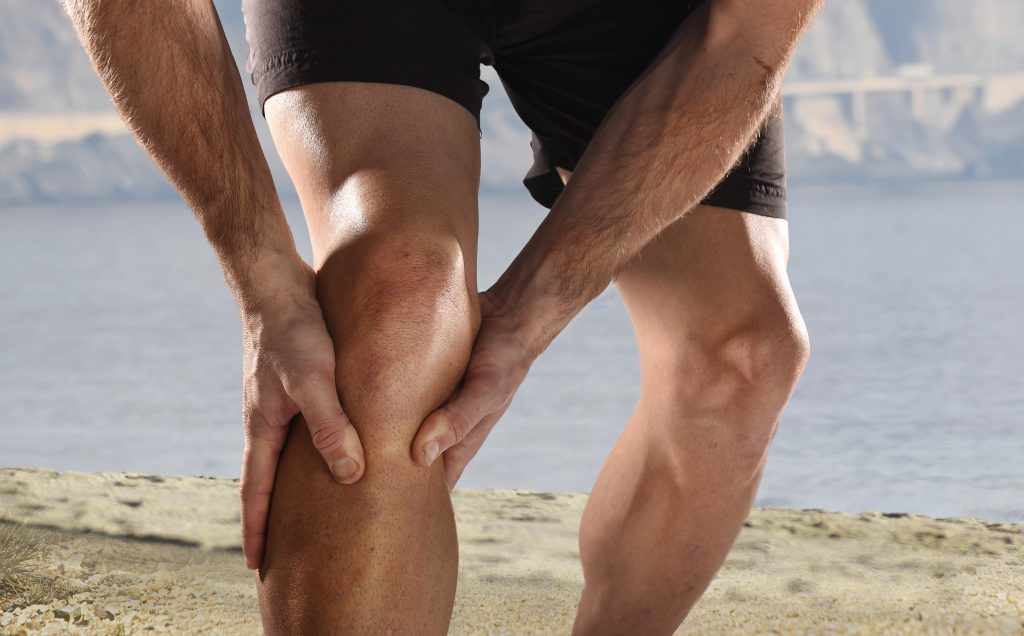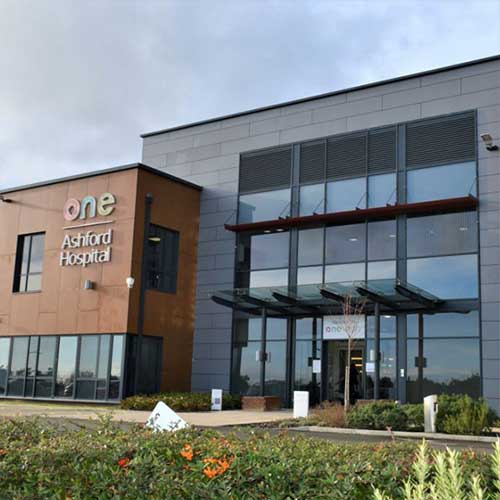Many of us have started walking and exercising much more. In some this has highlighted old and new problems. The good news is that there are many treatments available that can get you back to your normal activities. Tim Waters, Consultant Orthopaedic Hip & Knee Surgeon at One Hatfield Hospital, answers some common questions.
Do everyone’s joints eventually wear out?
 Although osteoarthritis or “wear & tear” of the hip and knee is very common, (about 1 in 5 adults over 45 have osteoarthritis of the knee and 1 in 9, the hip) only a small number of people need joint replacement surgery.
Although osteoarthritis or “wear & tear” of the hip and knee is very common, (about 1 in 5 adults over 45 have osteoarthritis of the knee and 1 in 9, the hip) only a small number of people need joint replacement surgery.
Not all joint pain is arthritis. The soft tissues, muscles & ligaments around the hip or knee can also be a cause. Bursitis, pain over the side of the hip, is common. Tears of the flexible cartilage (meniscus) within the knee are also frequent, as are ligament sprains and muscle strains.
What treatments are there?
Surgery is always last resort. We normally perform investigations such as X-rays , MRI or Ultrasound scans. These will pin-point the issue, demonstrating whether the problem is within the joint itself (e.g arthritis) or in the soft tissues around it. This allows focused non-surgical treatments to be arranged first of all.
Treatment starts with simple lifestyle measures including weight loss (if indicated) and exercises often guided by a physiotherapist. Simple pain killers such as paracetamol and anti-inflammatories are useful. They can be increased if necessary. In some, walking aids, knee supports and specialised braces can be helpful.
Are injections of benefit?
Steroid injections are often used. These are directed into the joint, in arthritis, or in other cases into the painful area. Although not always giving permanent relief, they do offer a window of opportunity to make exercise and rehabilitation more comfortable which ultimately can lead to long-term improvement of symptoms without the need for surgery.
Who needs hip or knee replacement surgery?
Hip replacement or knee replacement surgery benefits those with worn-out joints where all other treatment has failed. It is very successful at relieving pain and restoring function. Our newer implants and techniques have led to a much more rapid recovery and increased longevity of the prostheses. Most patients walk immediately after surgery, return home within 1-2 days and get back to all kinds of activities including cycling, tennis, skiing and golf.

 One Ashford
One Ashford One Hatfield
One Hatfield